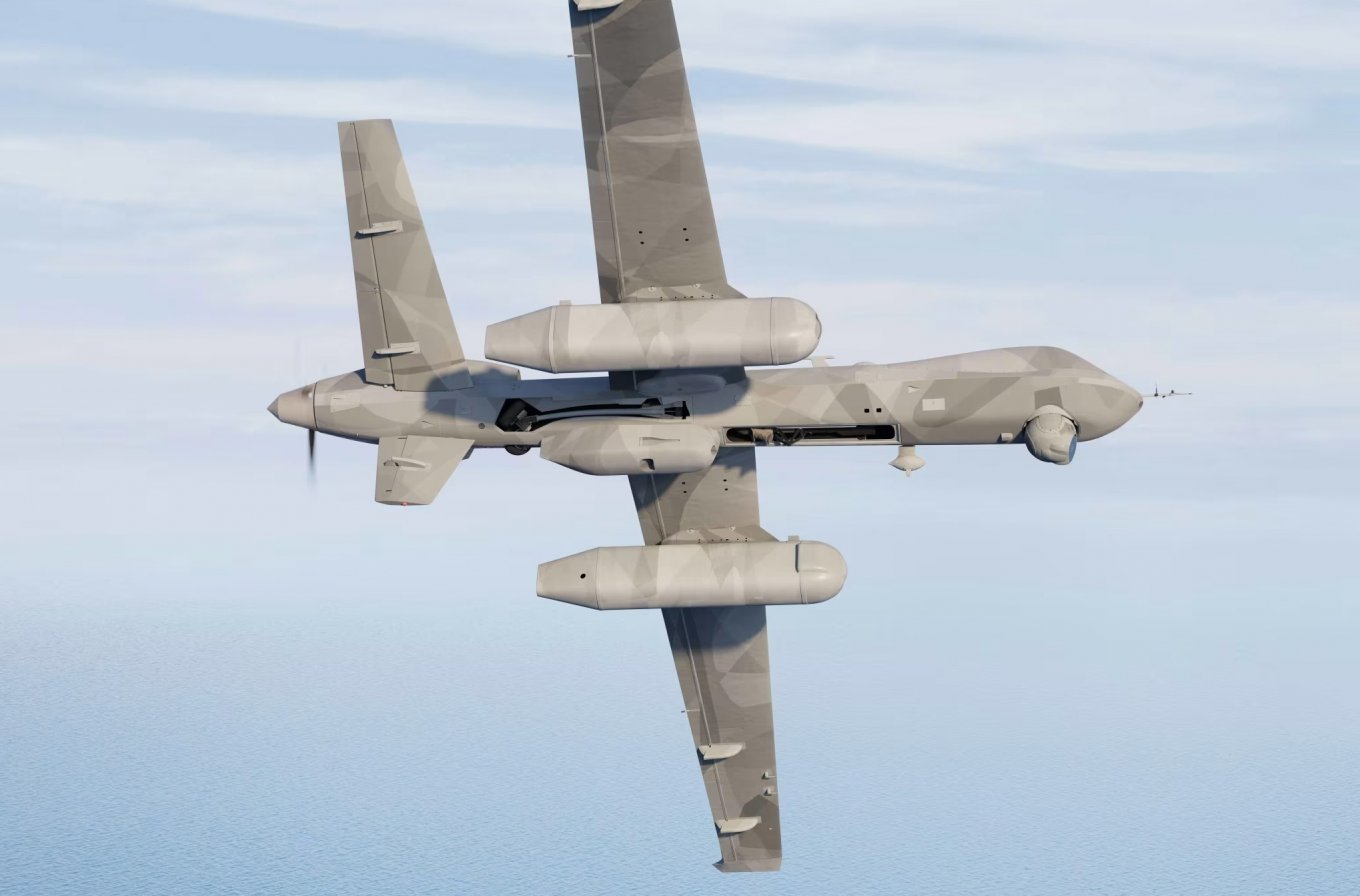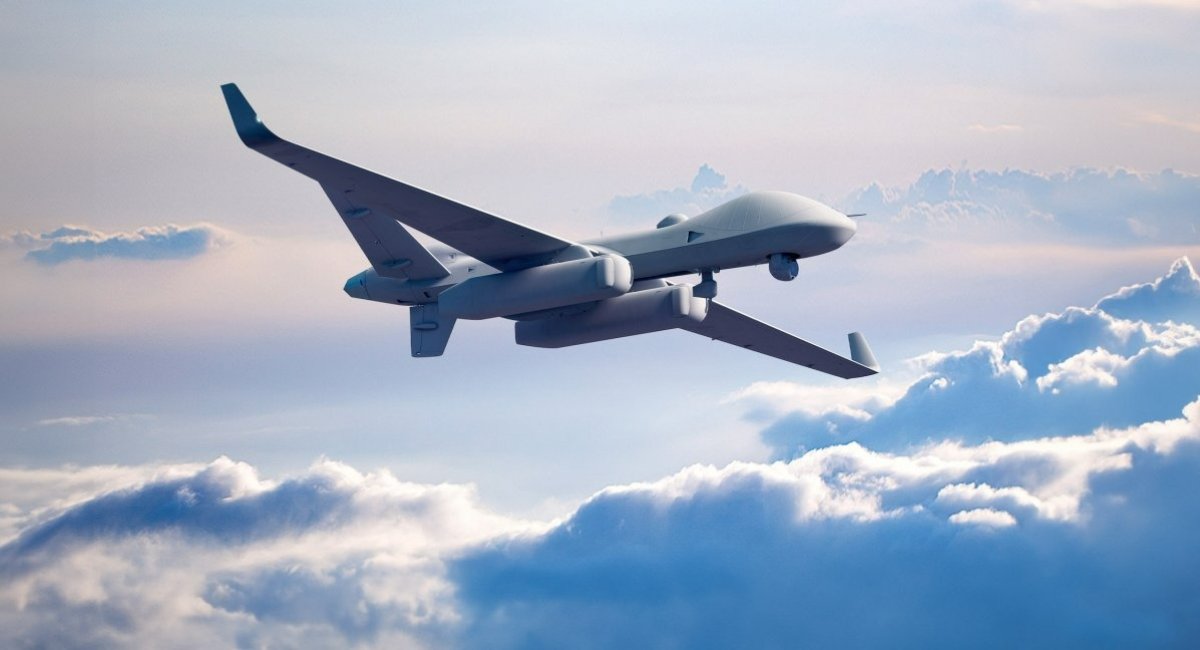Joint project to convert the MQ-9B SkyGuardian drone into an airborne early warning system (AEW) between Swedish company Saab and U.S. General Atomics has been launched. Both companies made the announcement, while the Americans specified that the solution will be ready by 2026. In current military development realities, a development period of less than 1.5 years is indeed very short.
This program seeks to address the rapidly growing need to boost air defense effectiveness against the emerging threat of missile and drone attacks. The idea is to place an aerial long-range radar onto the MQ-9B, which is a cheaper solution than buying a large manned AEW and control aircraft, aka AWACS in the United States.
Read more: Ukraine Presents Mesh System to Operate UGVs Without Airborne Relay

The radar to be integrated into the MQ-9B has not yet been disclosed. Most likely, however, Saab will produce a smaller version of the proven Erieye radar, revamped to fit inside a standard pod. Illustrative renders of the development released by the companies show the SkyGuardian carrying three such pods.
Two of them must be the radar equipment while the one in the middle, under the drone's belly, is an additional power supply unit to feed the system independently from its carrier. As per MQ-9B specifications, these containers' combined weight should not exceed 2.1 tons.
It should also be expected that smaller radars will have inferior capabilities, particularly the threat detection range, compared to a full-fledged Erieye.
To compensate, the drone-carried radar system will have a lower cost, both per unit and operational, and offer greater endurance. For example, the Bombardier Global 6000 aircraft, which is the base for Saab GlobalEye airborne radar, can stay aloft for more than 11 hours straight, while the propeller-driven Saab 340 (for ASC 890) can last for 5 hours. The MQ-9B, in contrast, is able to operate for 40 hours and more.

This enables such tactical options as to deploy the MQ-9B AEW high up (SkyGuardian's altitude ceiling is 12 km) in the required area and monitor it with excellent radar coverage for protracted periods of time. All the information will be relayed to automated systems for commanding the ground-based air defense and aviation, effectively performing the same function as AWACS in pinpoint area on a tactical level.
The United Kingdom has already expressed interest in acquiring the MQ-9B AEW, as the country's Royal Navy lacks the existing carrier-based AWACS. The British defense department is currently considering Saab and GA's solution to equip its Queen Elizabeth–class aircraft carriers.
Also Ukraine, which is expecting two ASC 890 aircraft to be delivered as aid anytime soon, could explore the possibility of acquiring the new drone-based technology, as the nation has extensive experience operating various unmanned systems in the ongoing war against russia. This would allow Saab, too, to benefit from feedback by operators in the field.
Read more: Trump Administration Wants to Discard AWACS Aircraft in Principle: Revolution or Unjustified Risk?














